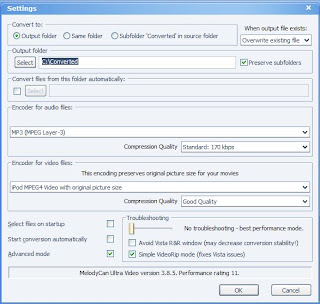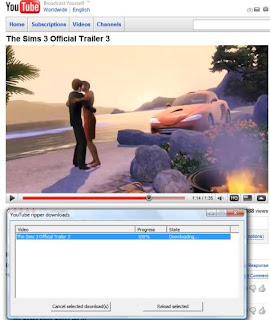Millions of people living in nearly 600 neighborhoods across the country are breathing concentrations of toxic air pollutants that put them at a much greater risk of contracting cancer, according to new data from the Environmental Protection Agency.
The levels of 80 cancer-causing substances released by automobiles, factories and other sources in these areas exceed a 100 in 1 million cancer risk. That means that if 1 million people breathed air with similar concentrations over their lifetime, about 100 additional people would be expected to develop cancer because of their exposure to the pollution.
The average cancer risk across the country is 36 in 1 million, according to the National-Scale Air Toxics Assessment, which will be released by the EPA on Wednesday.
That's a decline from the 41.5 in 1 million cancer risk the EPA found when it released the last analysis in 2006. That data covered 1999 emissions.
"If we are in between 10 in 1 million and 100 in 1 million we want to look more deeply at that. If the risk is greater than 100 in 1 million, we don't like that at all ... we want to investigate that risk and do something about it," said Kelly Rimer, an environmental scientist with the EPA, in an interview with The Associated Press on Tuesday.
Parts of Los Angeles, Calif., and Madison County, Ill., had the highest cancer risks in the nation — 1200 in 1 million and 1100 in 1 million, according to the EPA data. They were followed by two neighborhoods in Allegheny County, Pa., and one in Tuscaloosa County, Ala.
People living in parts of Coconino County, Ariz., and Lyon County, Nev., had the lowest cancer risk from air toxics. The counties with the least toxic air are Kalawao County, Hawaii, and Golden Valley County, Mont.
"Air toxic risks are local. They are a function of the sources nearest to you," said Dave Guinnup, who leads the groups that perform the risk assessments for toxic air pollutants at EPA. "If you are out in the Rocky Mountains, you are going to be closer to 2 in a million. If you are in an industrial area with a lot of traffic, you are going to be closer to 1100 in 1 million."
The analysis predicts the concentrations of 124 different hazardous air pollutants, which are known to cause cancer, respiratory problems and other health effects by coupling estimates of emissions from a variety of sources with models that attempt to simulate how the pollution will disperse in the air. Only 80 of the chemicals evaluated are known to cause cancer, EPA officials said.
The information is used by federal, state and local agencies to identify areas in need of more monitoring and attention.
The data to be released Wednesday covers pollution released in 2002.









